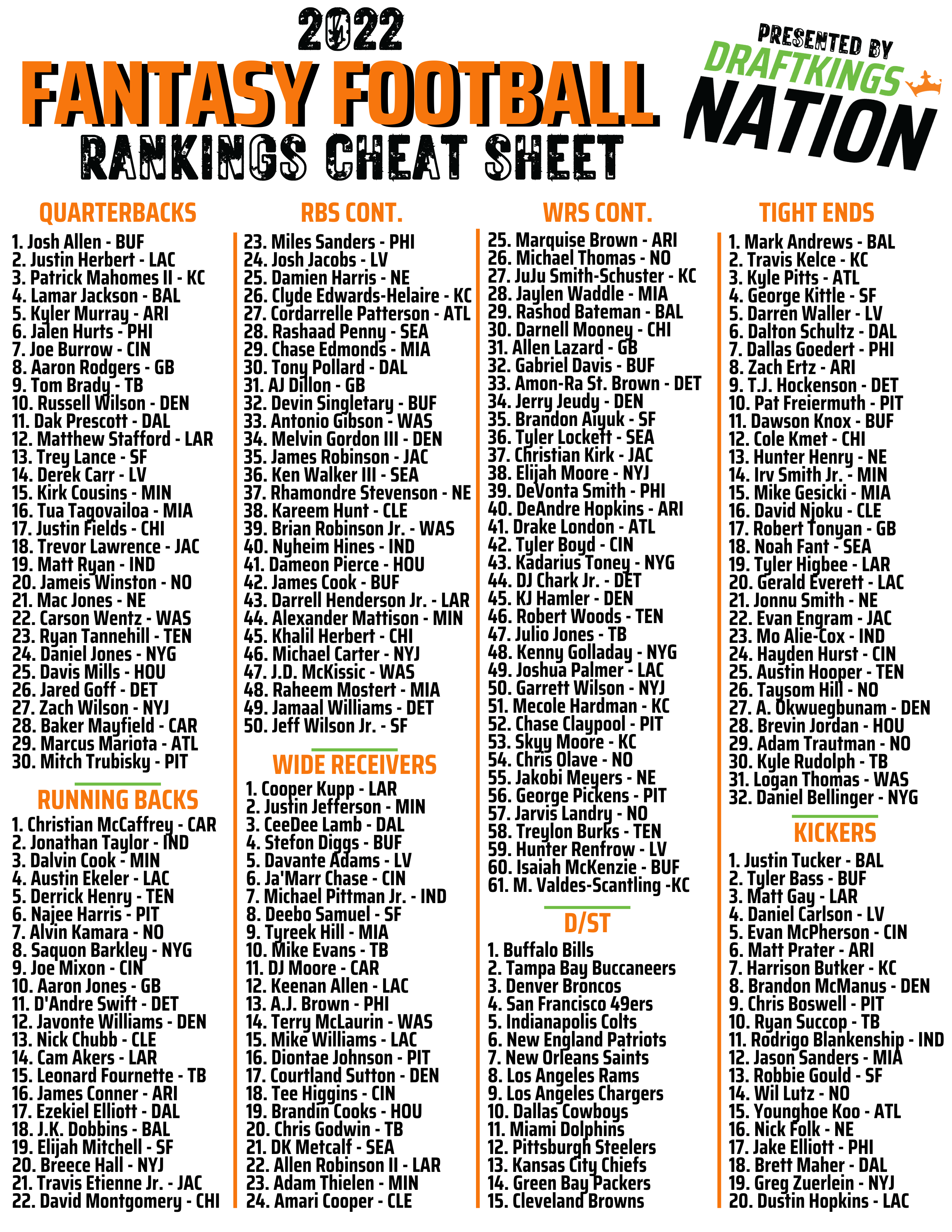Unlocking the NFL Draft: Finding Top Talent by Position
The NFL Draft. It's a whirlwind of speculation, hope, and the promise of future gridiron glory. For teams looking to build a dynasty, or simply climb out of the league's basement, the draft is a crucial opportunity to infuse their rosters with fresh talent. One of the most debated strategies is drafting the "best player available," regardless of positional need. But what does that really mean, and how can teams effectively implement this approach?
Drafting based on the "best player available" (BPA) philosophy means selecting the player with the highest perceived potential, irrespective of current team needs. This contrasts with drafting for need, where teams prioritize filling specific roster holes. Imagine a team desperately needing a quarterback but having a highly-rated edge rusher fall into their lap. A BPA approach would suggest taking the edge rusher, even with the existing quarterback need.
The concept of BPA isn't new. While its precise origins are murky, it gained traction as scouting and player evaluation became more sophisticated. Teams realized that passing on elite talent, even if it meant doubling up at a position, could lead to greater long-term success. After all, a surplus of talent at one position can be leveraged through trades, creating value elsewhere on the roster.
The importance of BPA stems from the inherent unpredictability of the NFL. Injuries, player development, and scheme changes can quickly shift a team's needs. By prioritizing talent acquisition, teams create a deeper, more versatile roster, better equipped to handle these unforeseen circumstances.
However, navigating the BPA approach presents significant challenges. Accurately evaluating talent is an imperfect science, and projecting how college players will translate to the professional level is notoriously difficult. Furthermore, balancing BPA with team needs requires a nuanced understanding of roster construction and long-term team building.
Simply put, BPA is about selecting the player with the highest ceiling, regardless of position. For example, if a team has two equally talented players graded, one a wide receiver and the other a cornerback, the BPA approach dictates selecting the player deemed to have the greater potential impact, even if the team already has established starters at that position.
One benefit of BPA drafting is increased roster depth. Accumulating talent, even at positions where needs aren't immediate, can create a competitive environment and provide valuable insurance against injuries.
Another advantage is the flexibility it provides. A surplus of talent at one position can become valuable trade capital, allowing teams to address other needs or acquire future draft picks.
Finally, BPA can lead to unexpected discoveries. Sometimes, a player drafted without a clear immediate role can blossom into a star, exceeding even the most optimistic projections.
Teams implementing a BPA strategy should thoroughly scout and evaluate all prospects. Create a tiered ranking system based on talent, not position. Then, when drafting, consider the relative value of available players compared to the team's existing needs.
Advantages and Disadvantages of BPA Drafting
| Advantages | Disadvantages |
|---|---|
| Increased roster depth | Potential positional logjams |
| Trade flexibility | May neglect pressing team needs |
| Unexpected discoveries | Difficult to accurately project talent |
Best Practice 1: Thorough Scouting
Best Practice 2: Tiered Ranking System
Best Practice 3: Balancing BPA with Needs
Best Practice 4: Considering Positional Value
Best Practice 5: Long-Term Vision
Example 1: ...
Example 2: ...
Example 3: ...
Example 4: ...
Example 5: ...
Challenge 1: Accurate Talent Evaluation - Solution: Advanced Analytics
Challenge 2: Balancing BPA and Needs - Solution: Tiered System
Challenge 3: ...
Challenge 4: ...
Challenge 5: ...
FAQ 1: What is BPA drafting?
FAQ 2: ...
FAQ 3: ...
FAQ 4: ...
FAQ 5: ...
FAQ 6: ...
FAQ 7: ...
FAQ 8: ...
Tips and Tricks: ...
The NFL Draft is a high-stakes game of strategy and prediction. The "best player available" approach offers a compelling framework for building a winning roster. While navigating the complexities of talent evaluation and balancing immediate needs with long-term vision can be challenging, the potential rewards are significant. By focusing on acquiring top-tier talent, regardless of position, teams can create a deeper, more versatile, and ultimately more successful organization. Embracing the BPA philosophy doesn't guarantee success, but it provides a solid foundation for building a sustainable contender in the fiercely competitive world of professional football. Do your research, trust your evaluations, and be prepared to reap the benefits of a talent-rich roster.
Unleash your inner artist simple sword and shield drawing for everyone
The most popular animation a global phenomenon
Diablo 4 season 2 end date when will sanctuarys battleshift


:no_upscale()/cdn.vox-cdn.com/uploads/chorus_asset/file/23973231/2022_Fantasy_Football_Rankings_Cheatsheet__2_.png)
:no_upscale()/cdn.vox-cdn.com/uploads/chorus_asset/file/23989986/2022_DKN_Fantasy_Football_Rankings_Cheatsheet.png)










:no_upscale()/cdn.vox-cdn.com/uploads/chorus_asset/file/23973231/2022_Fantasy_Football_Rankings_Cheatsheet__2_.png)